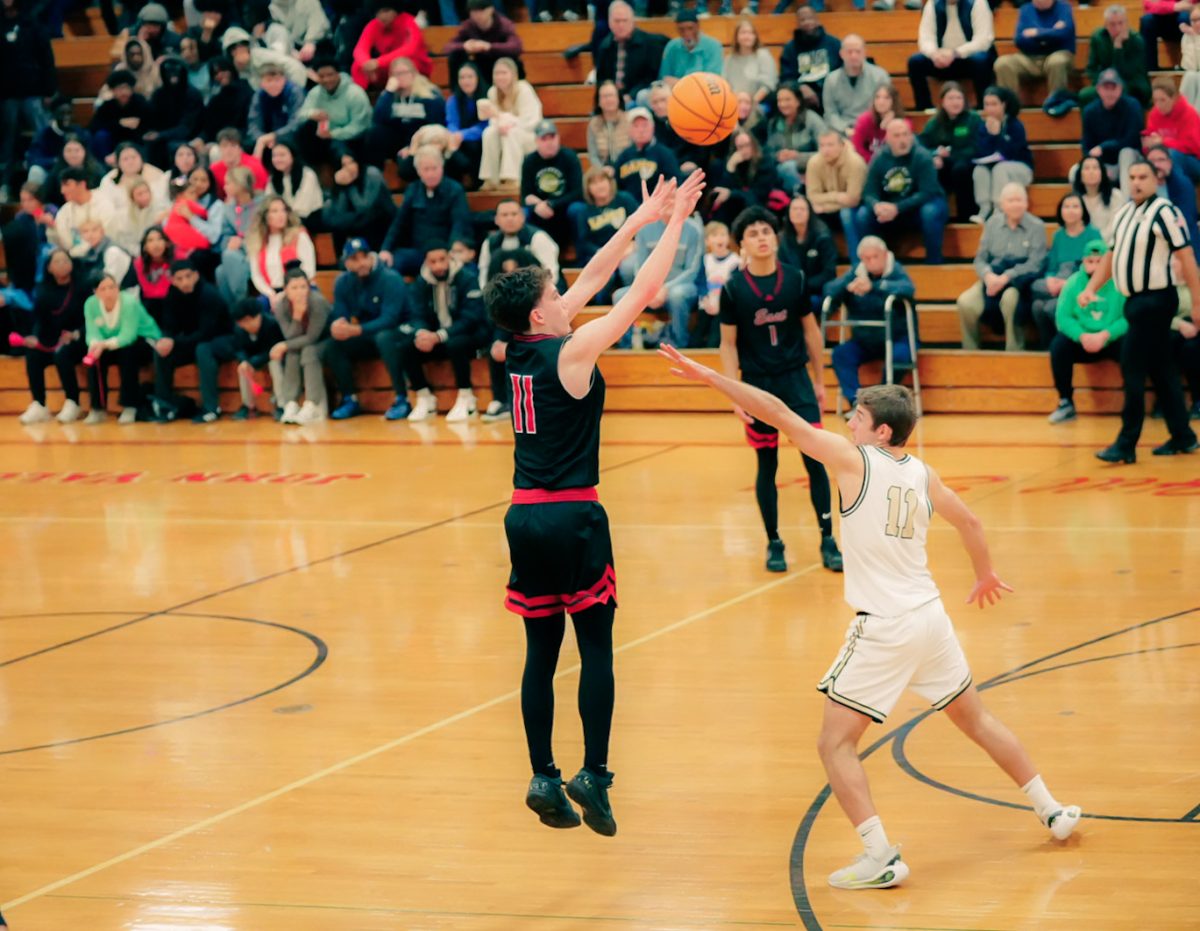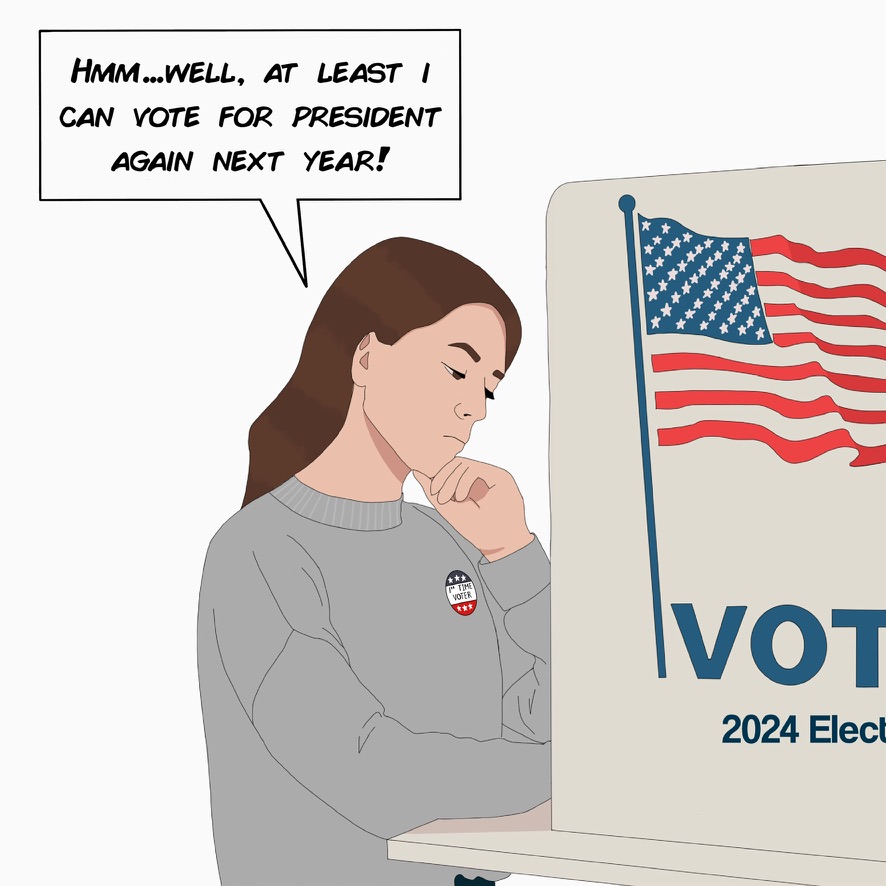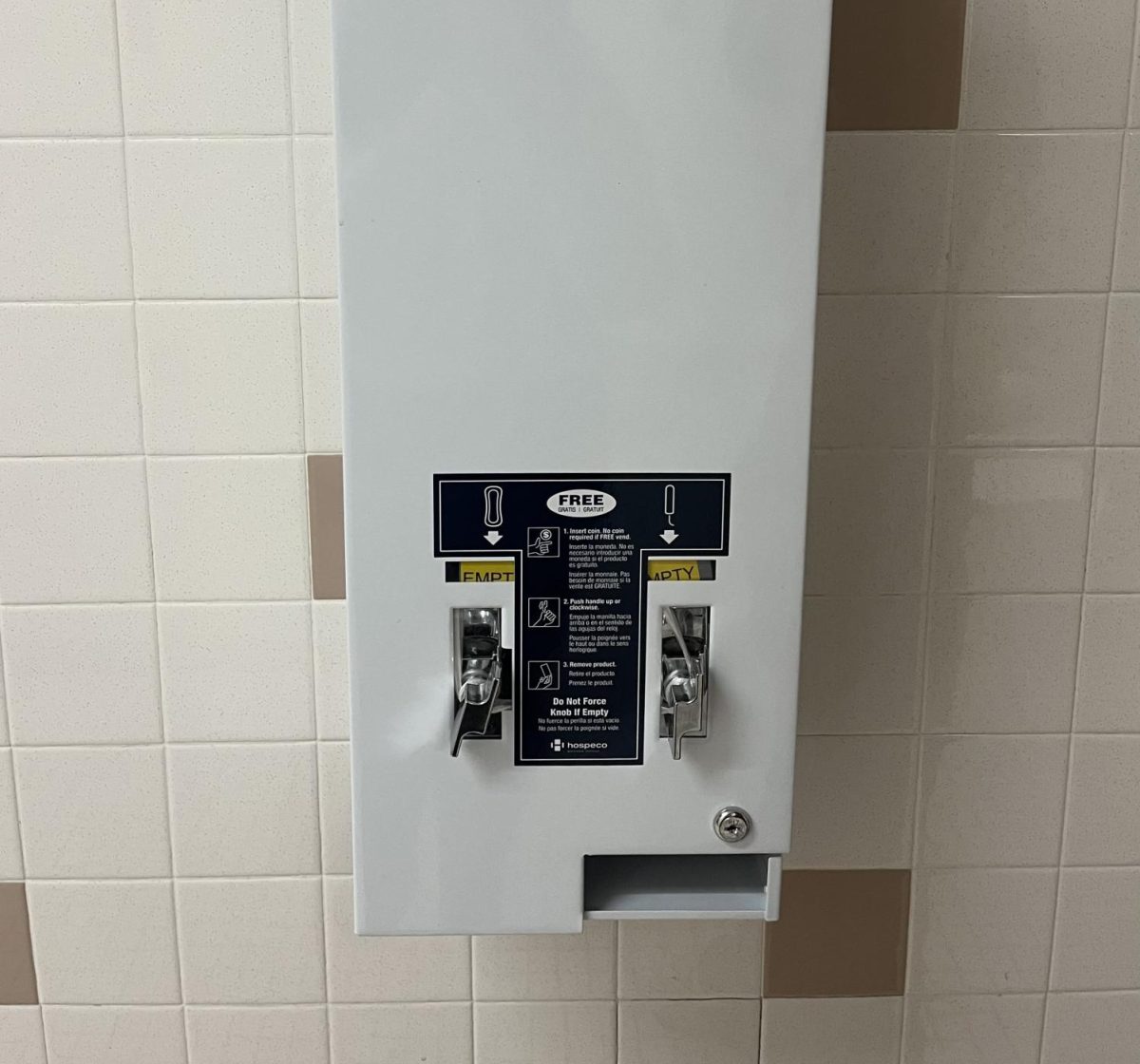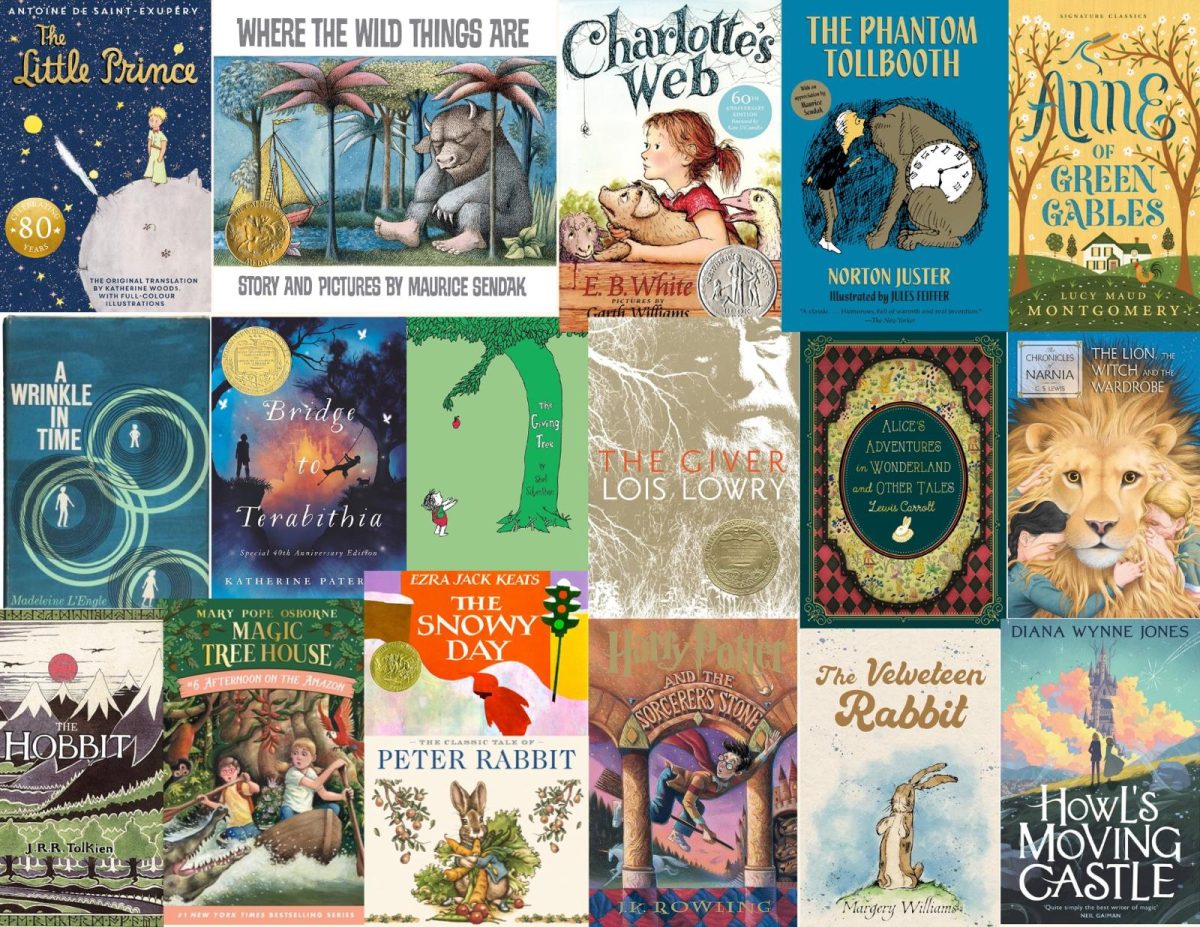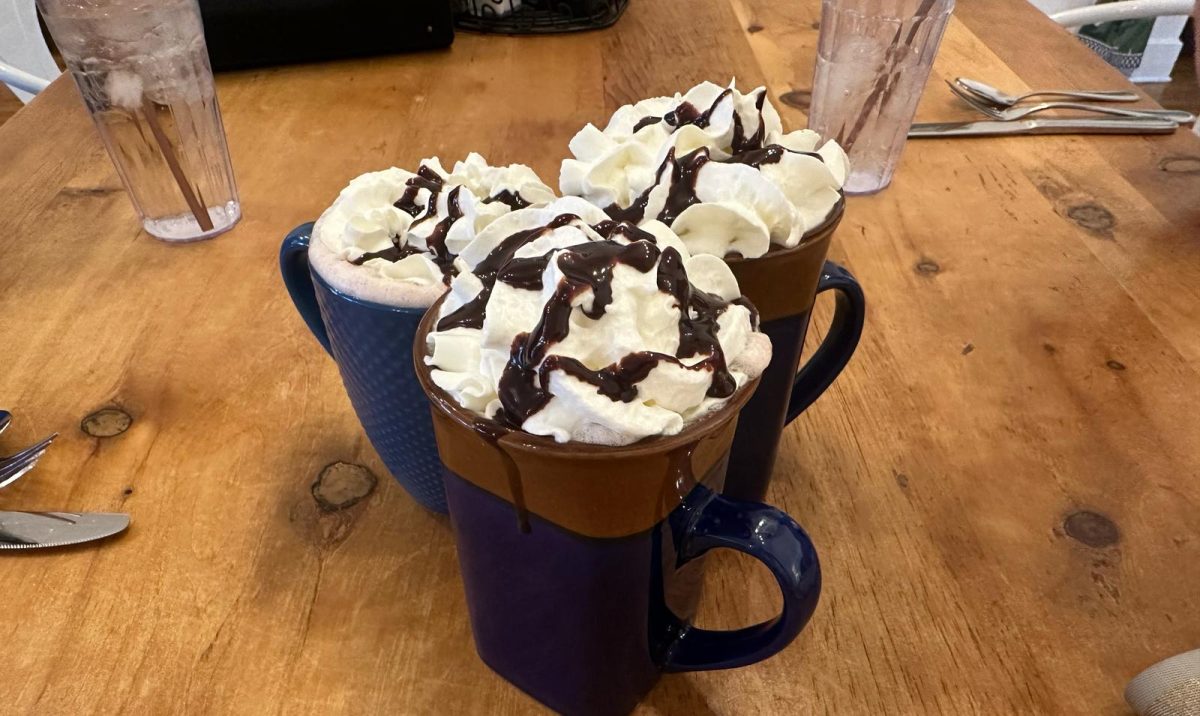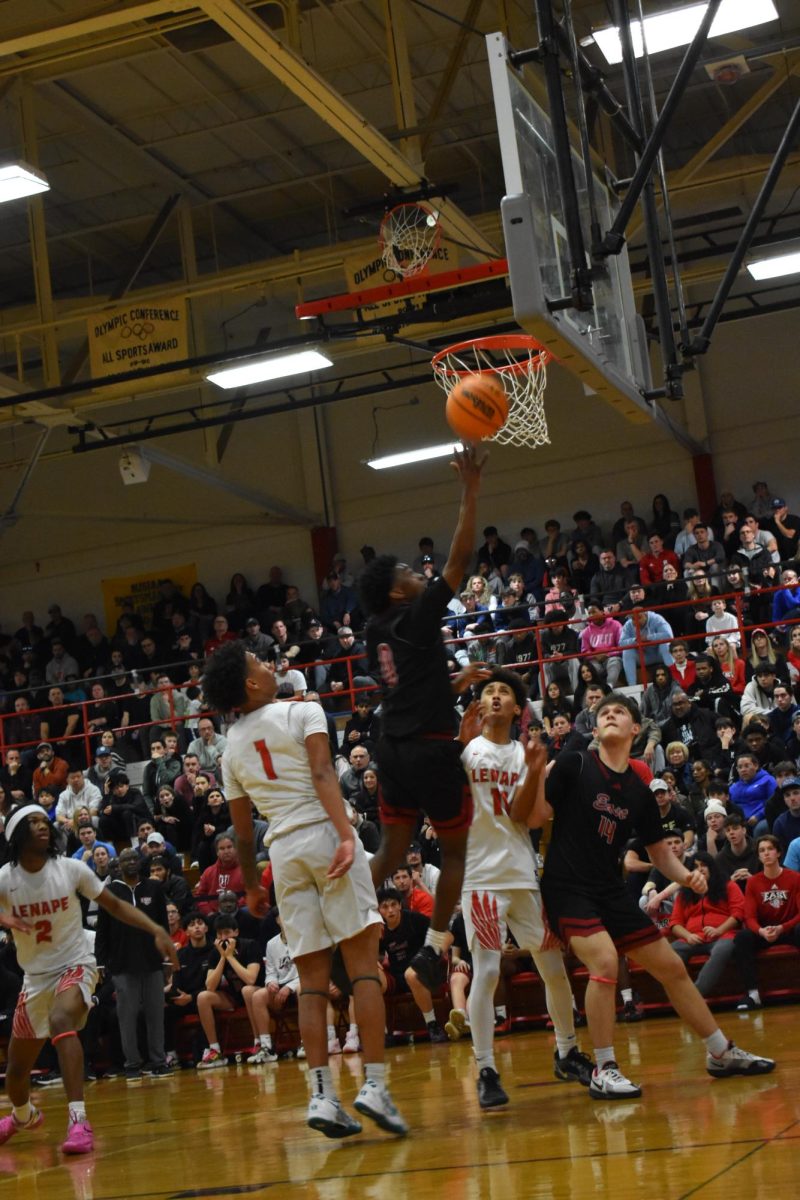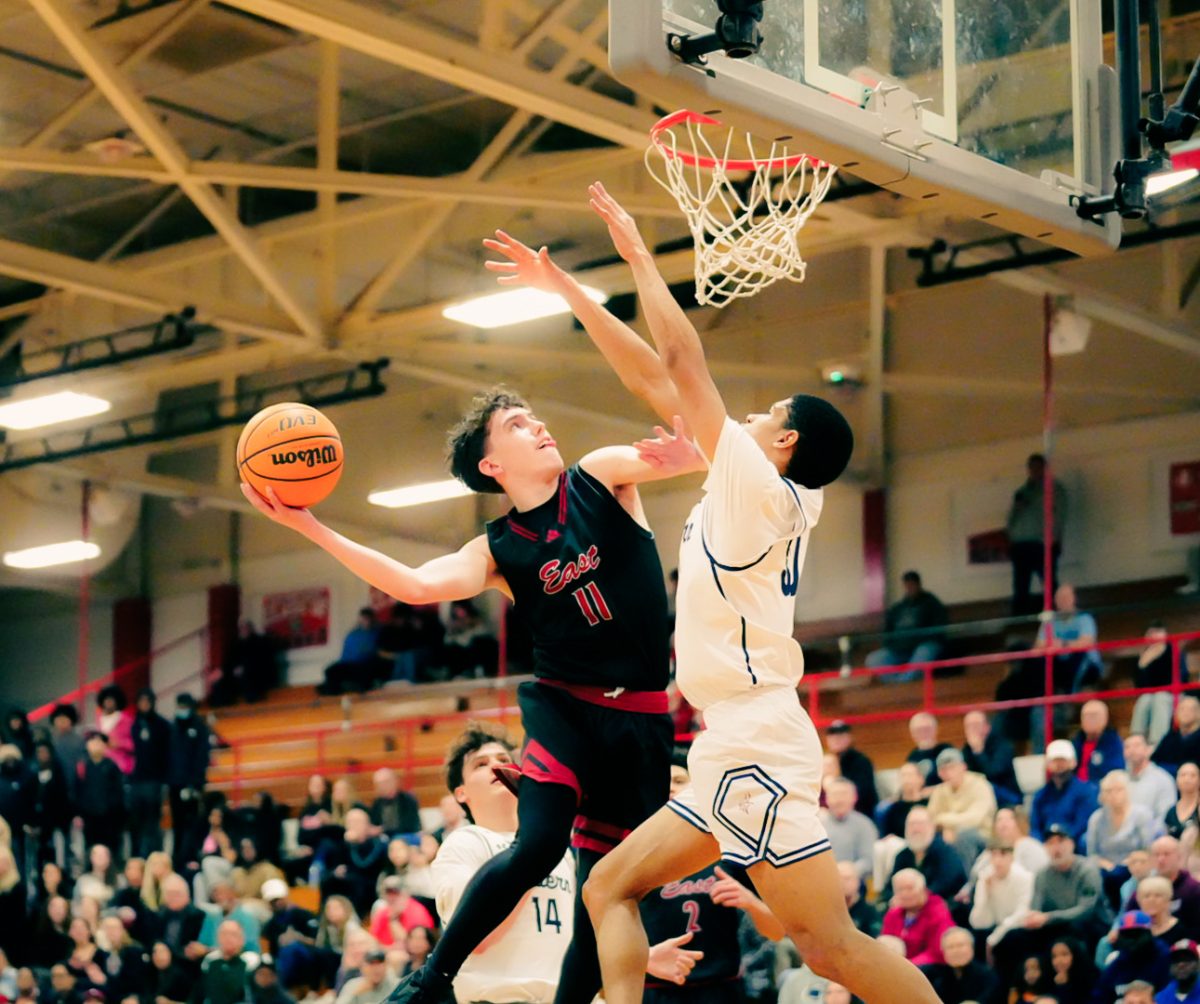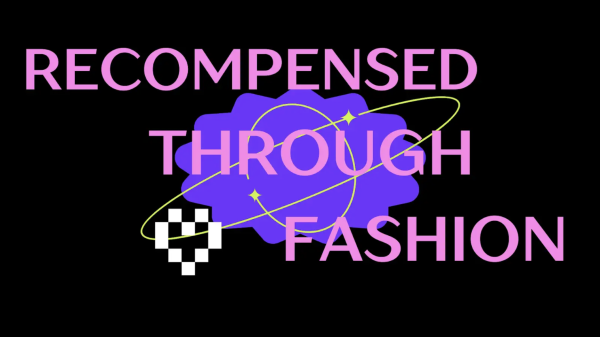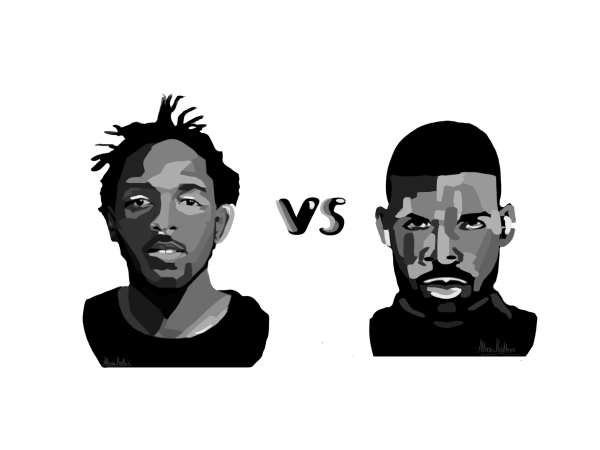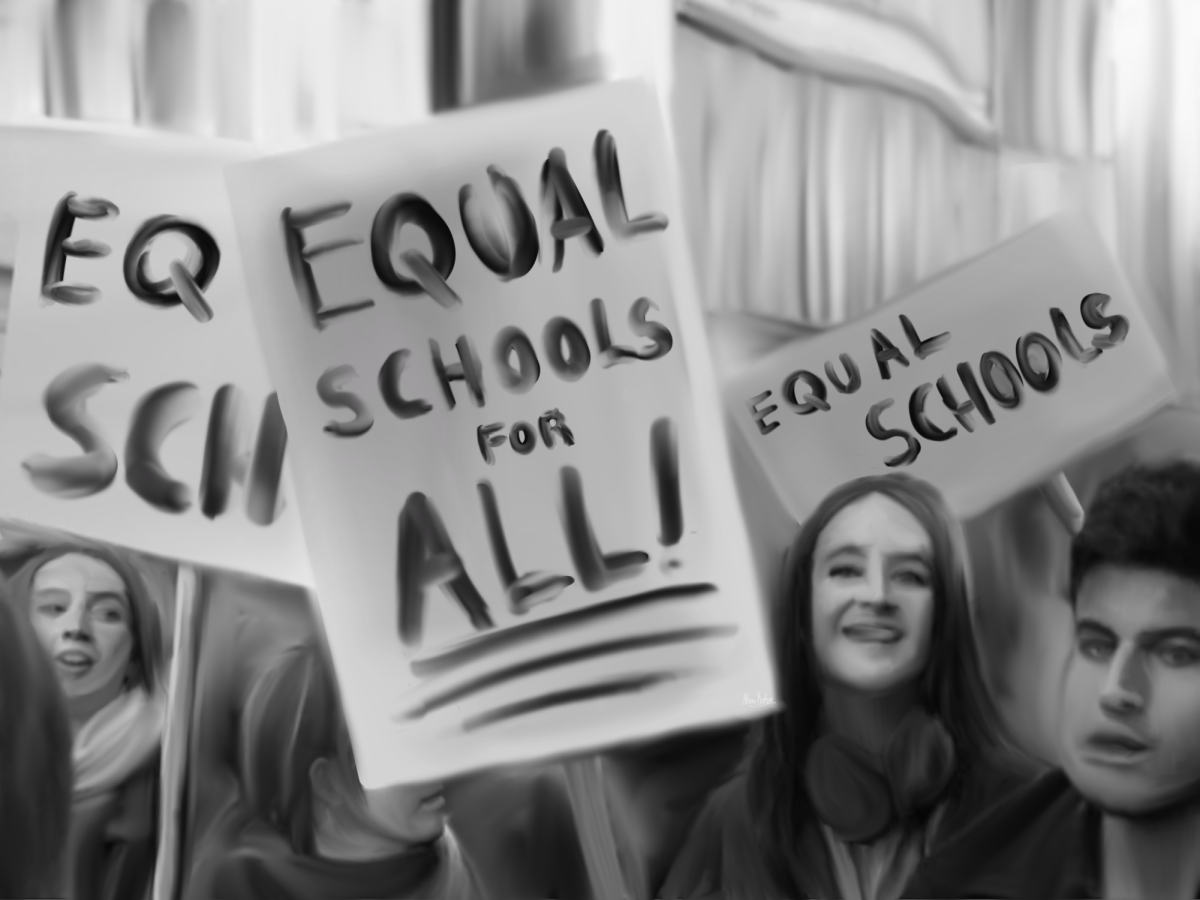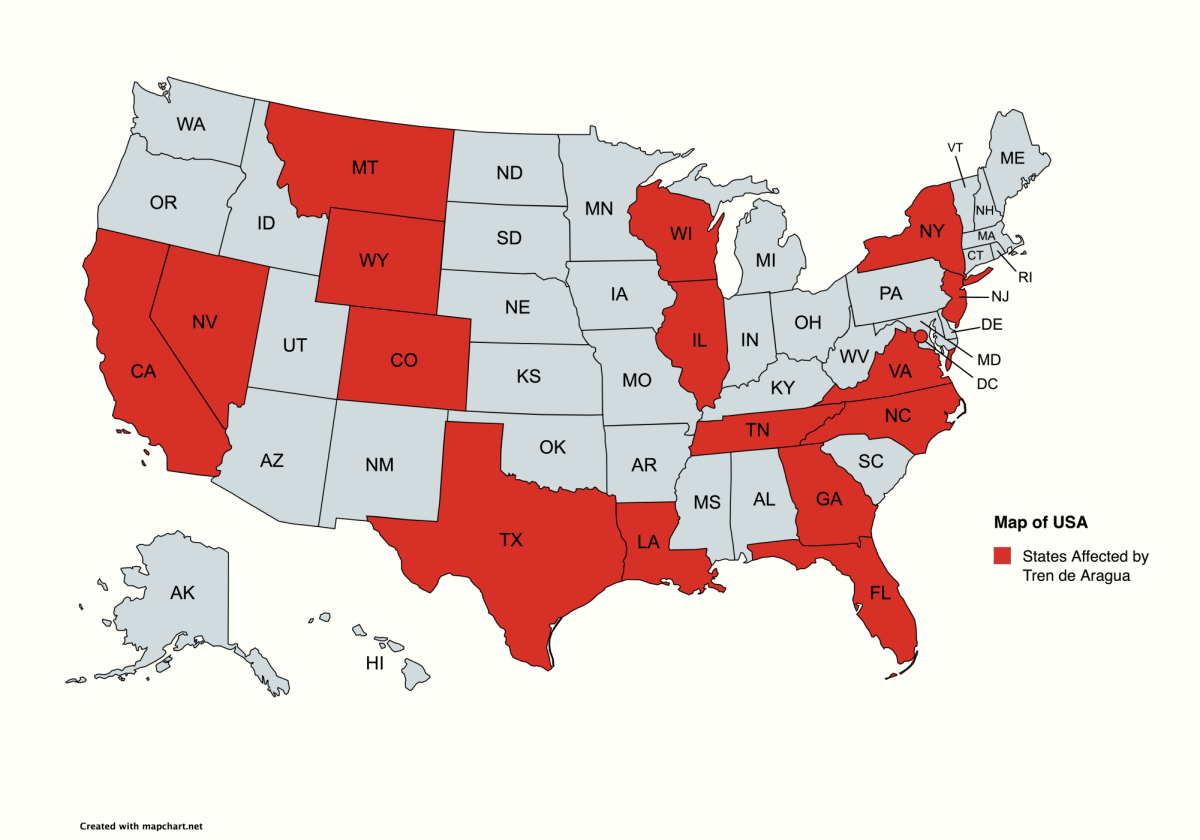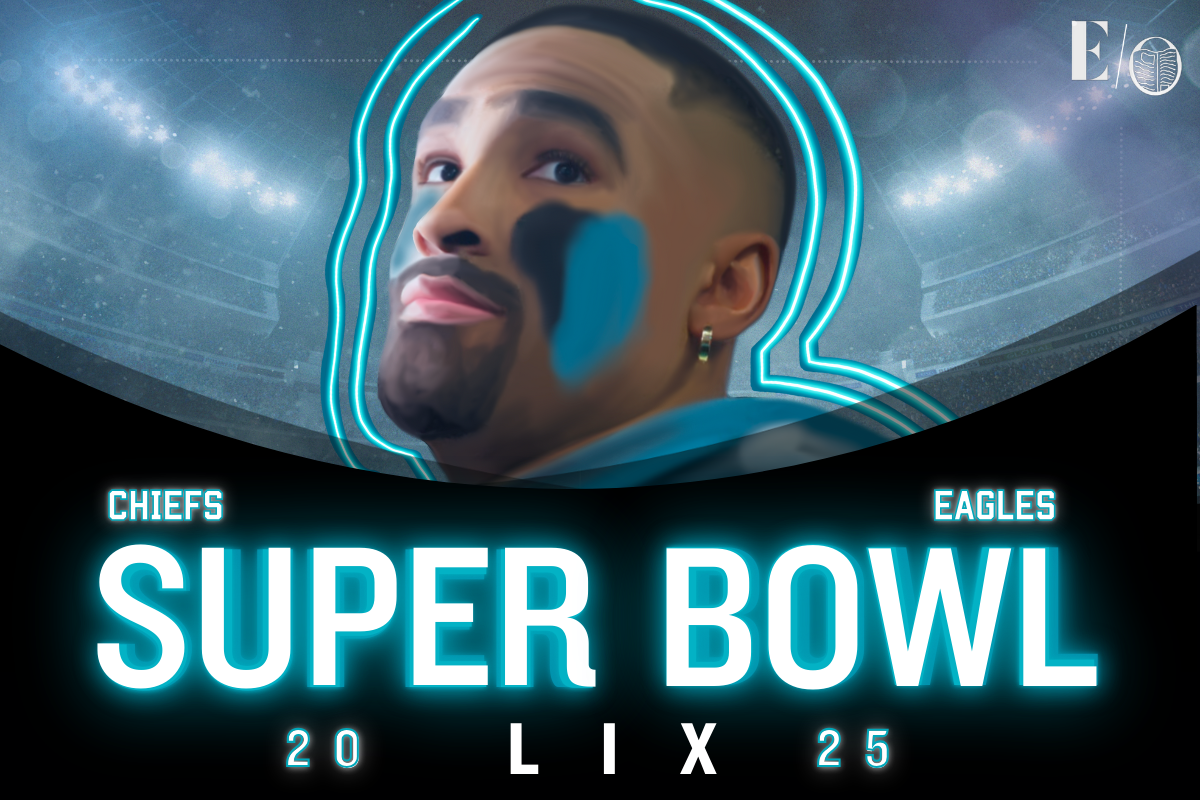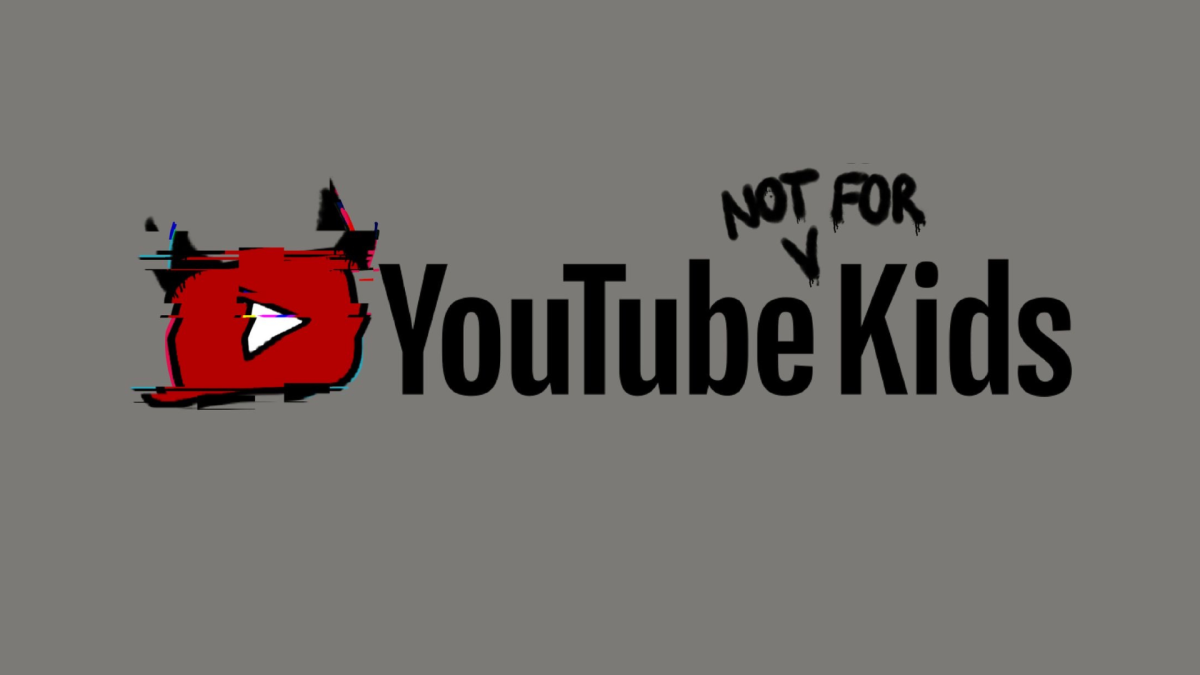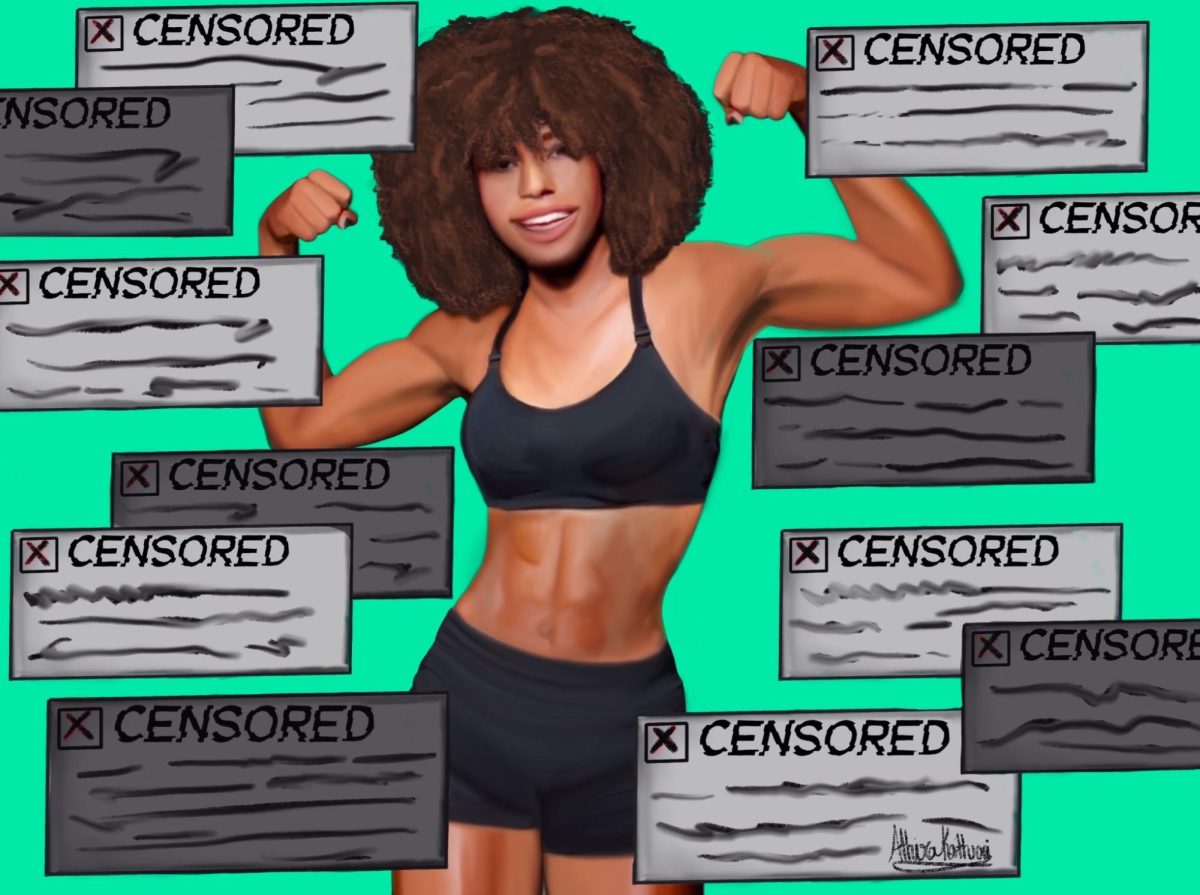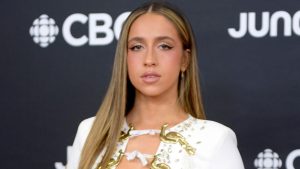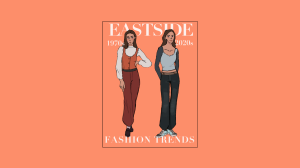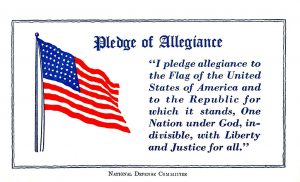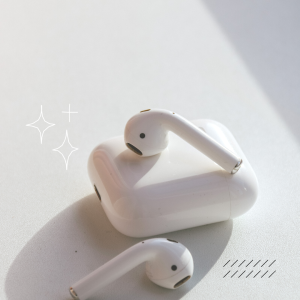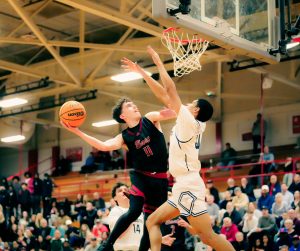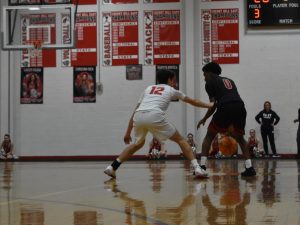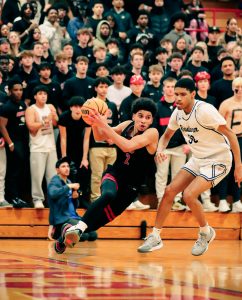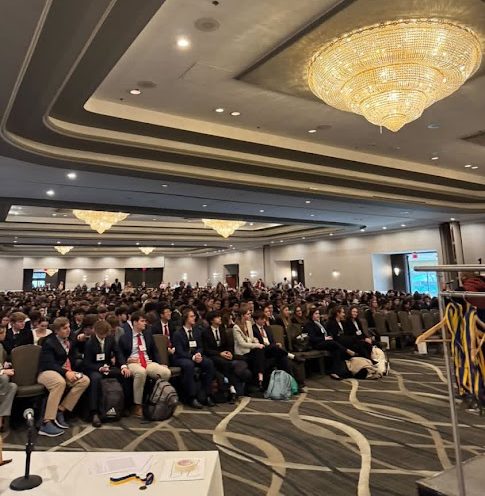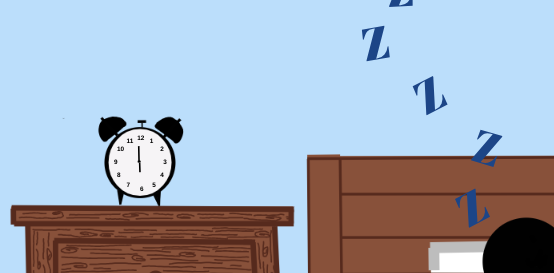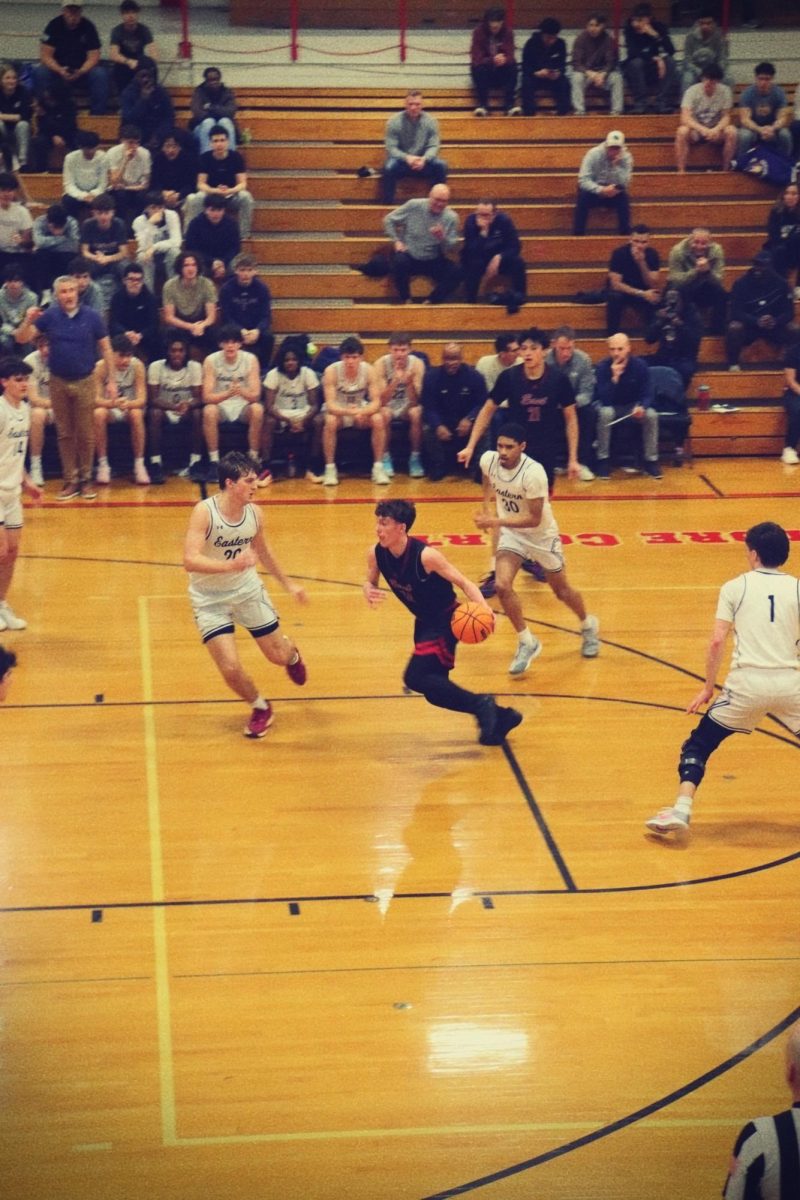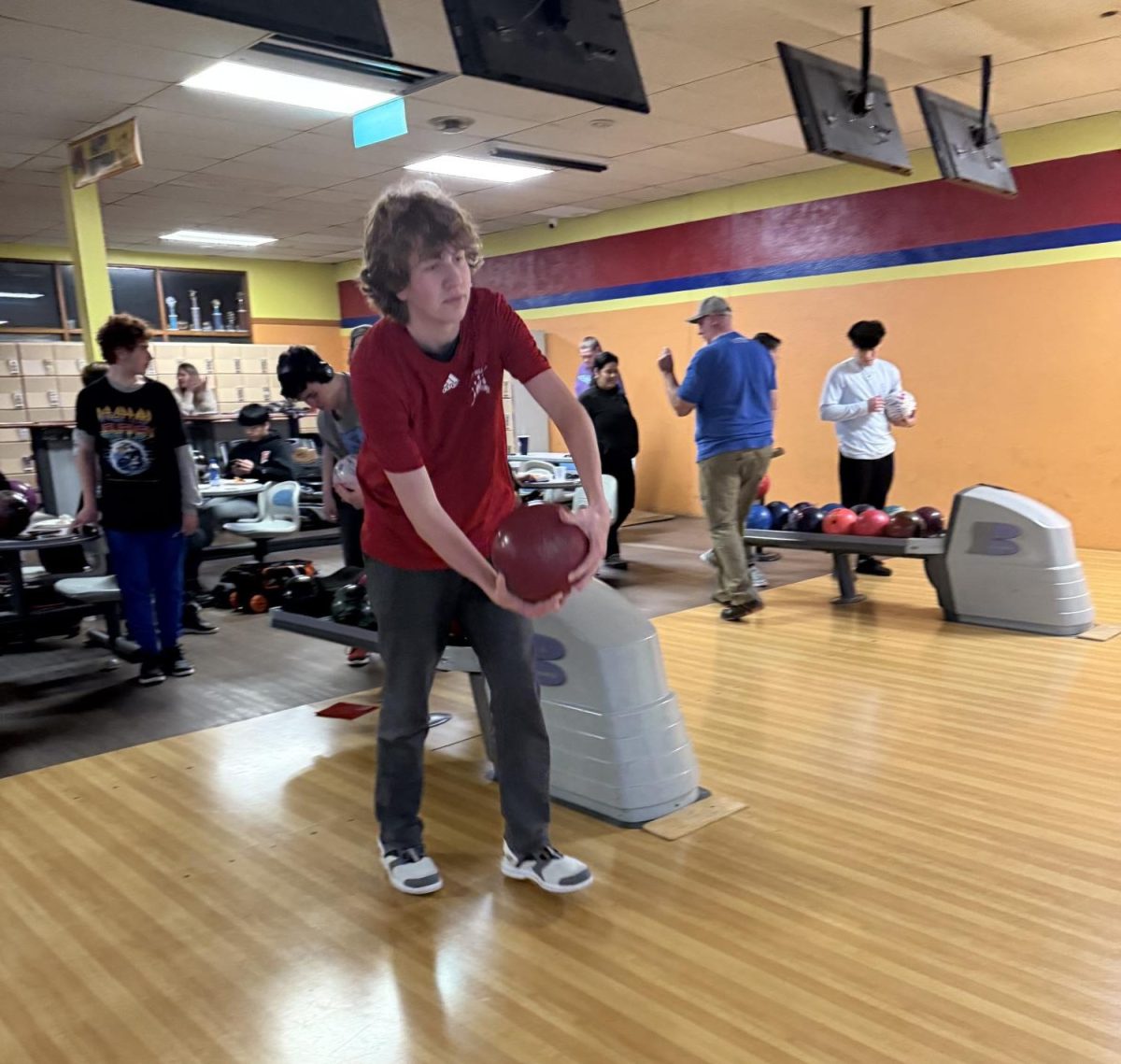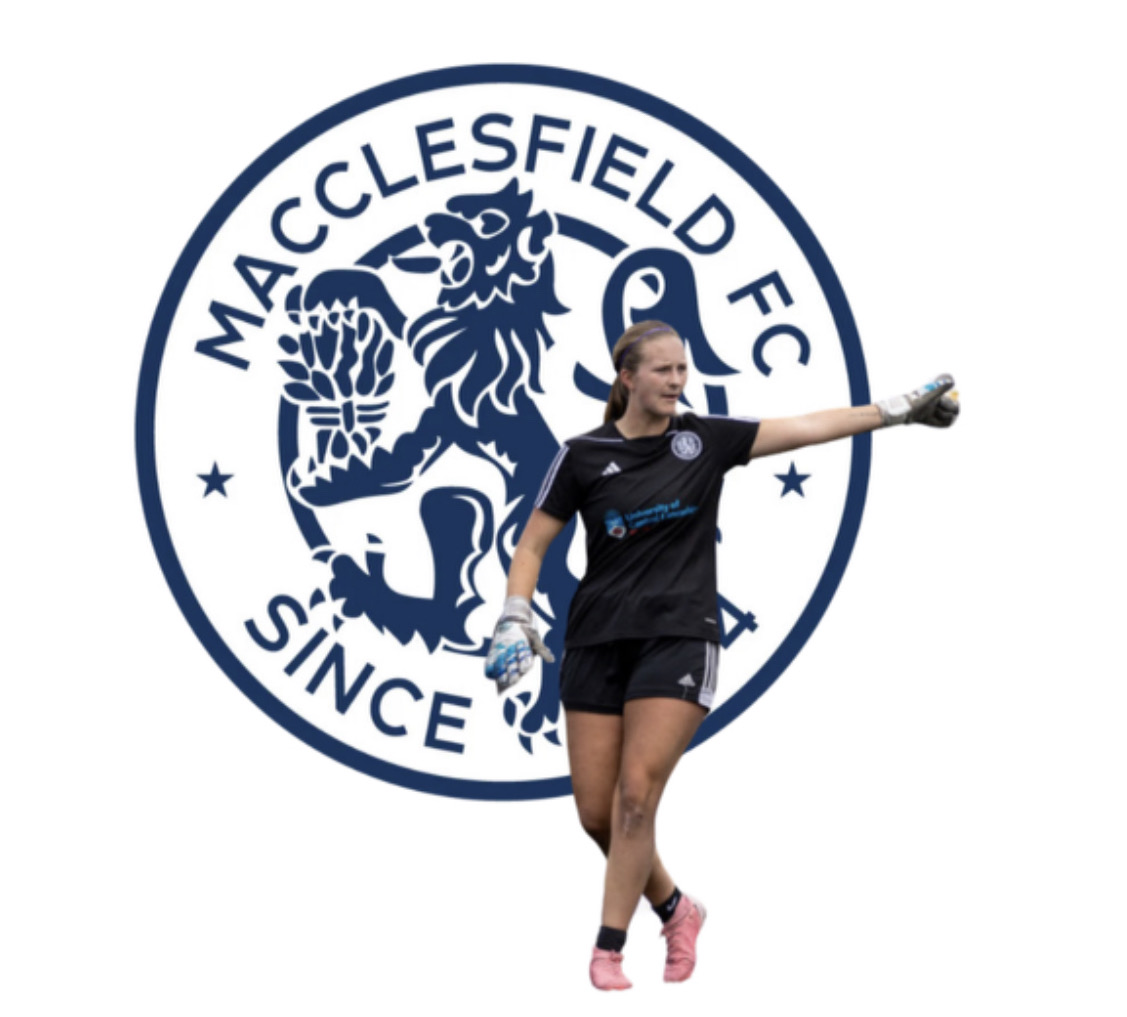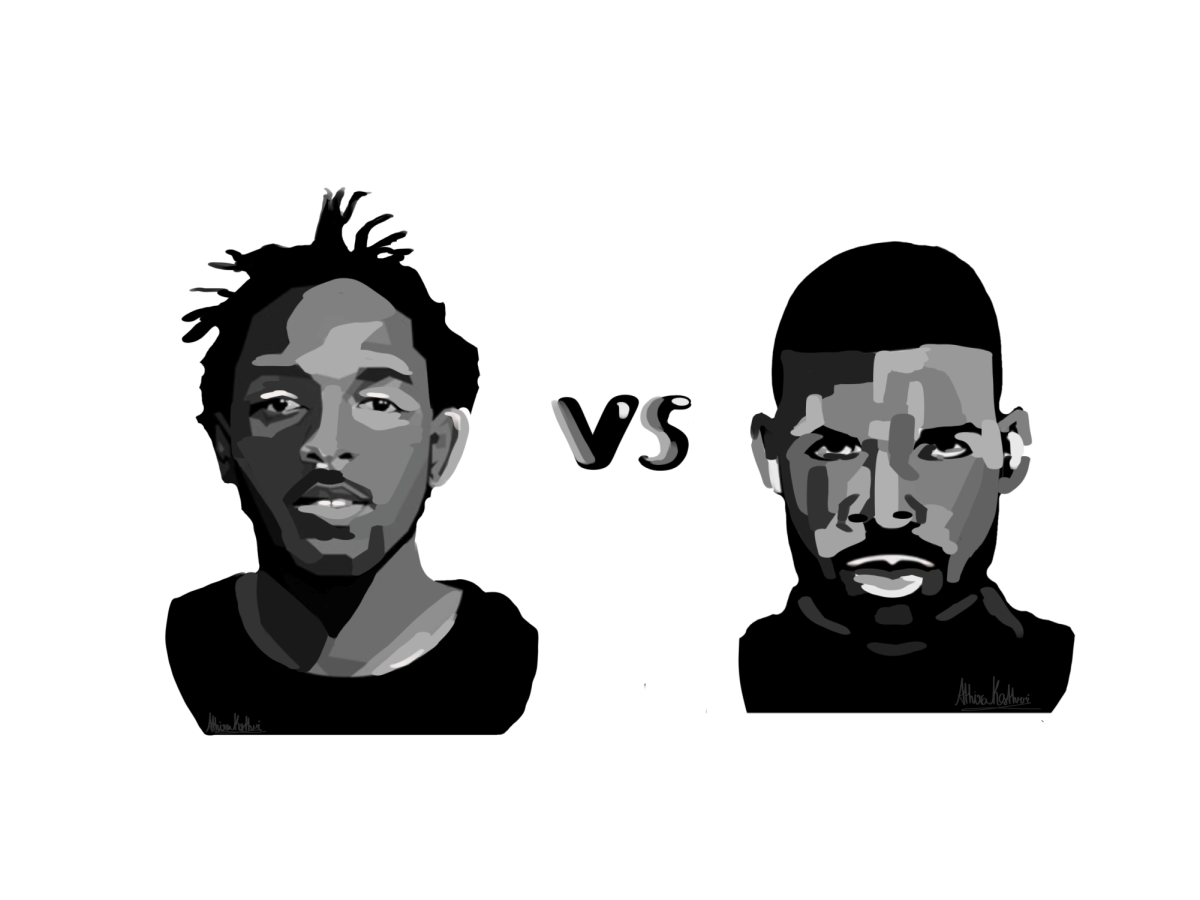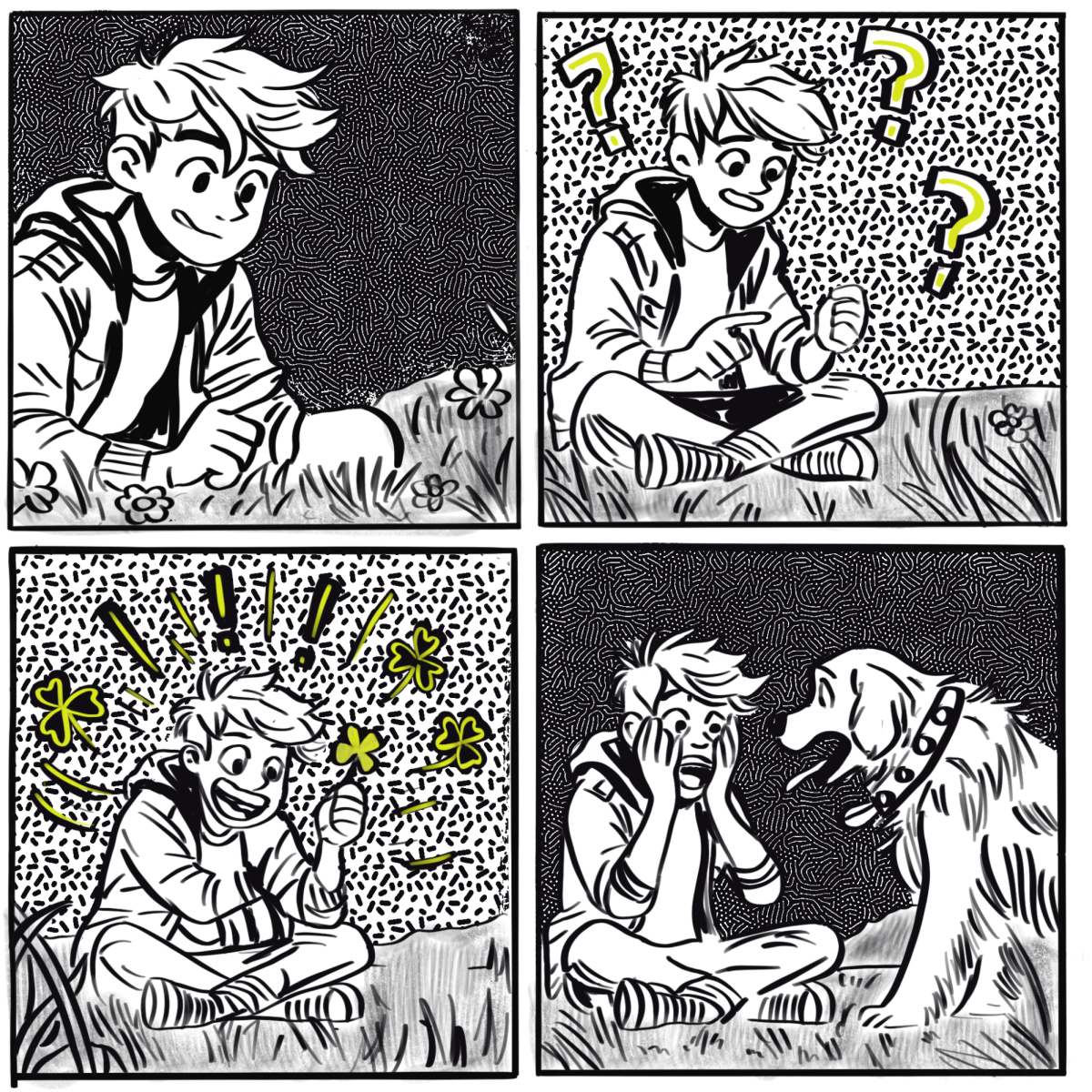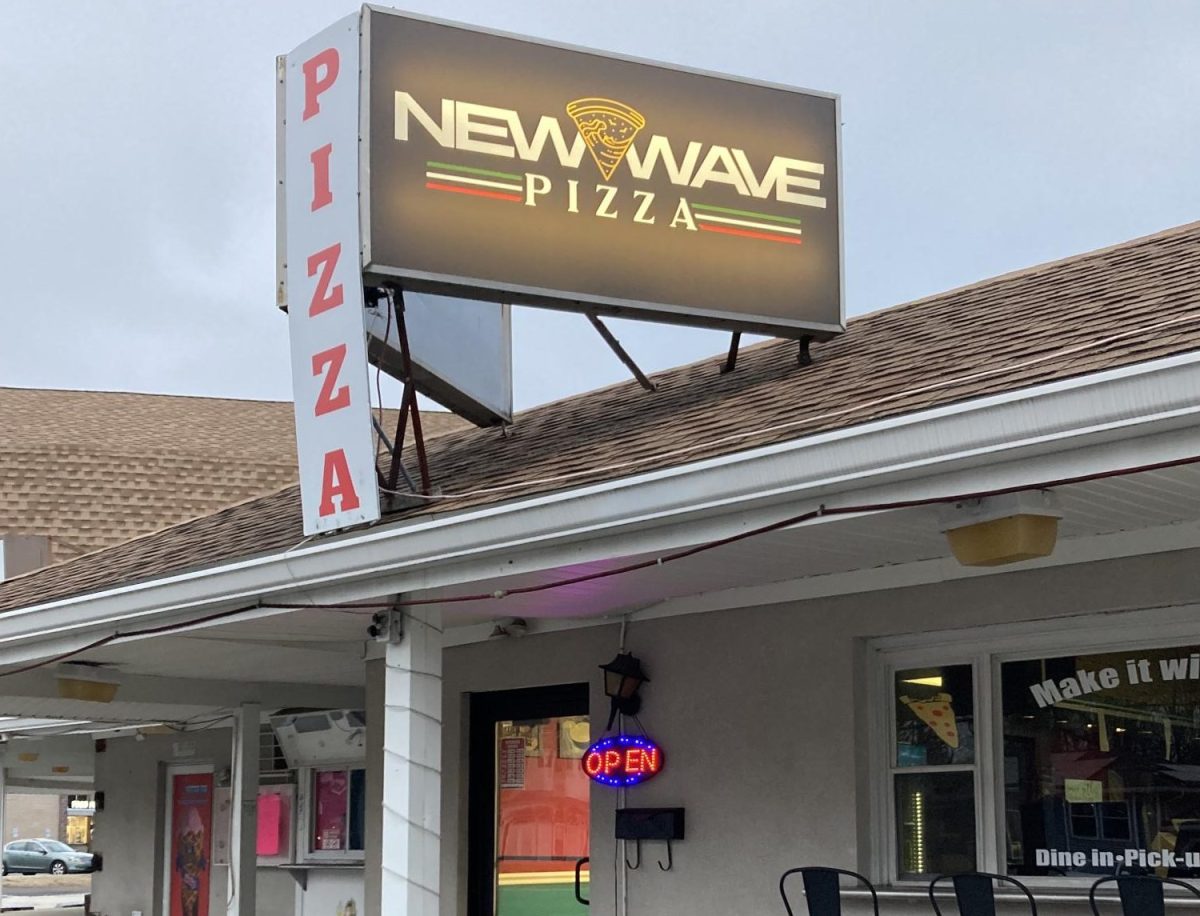
March 21, 2025
Grace Li, Eastside Staff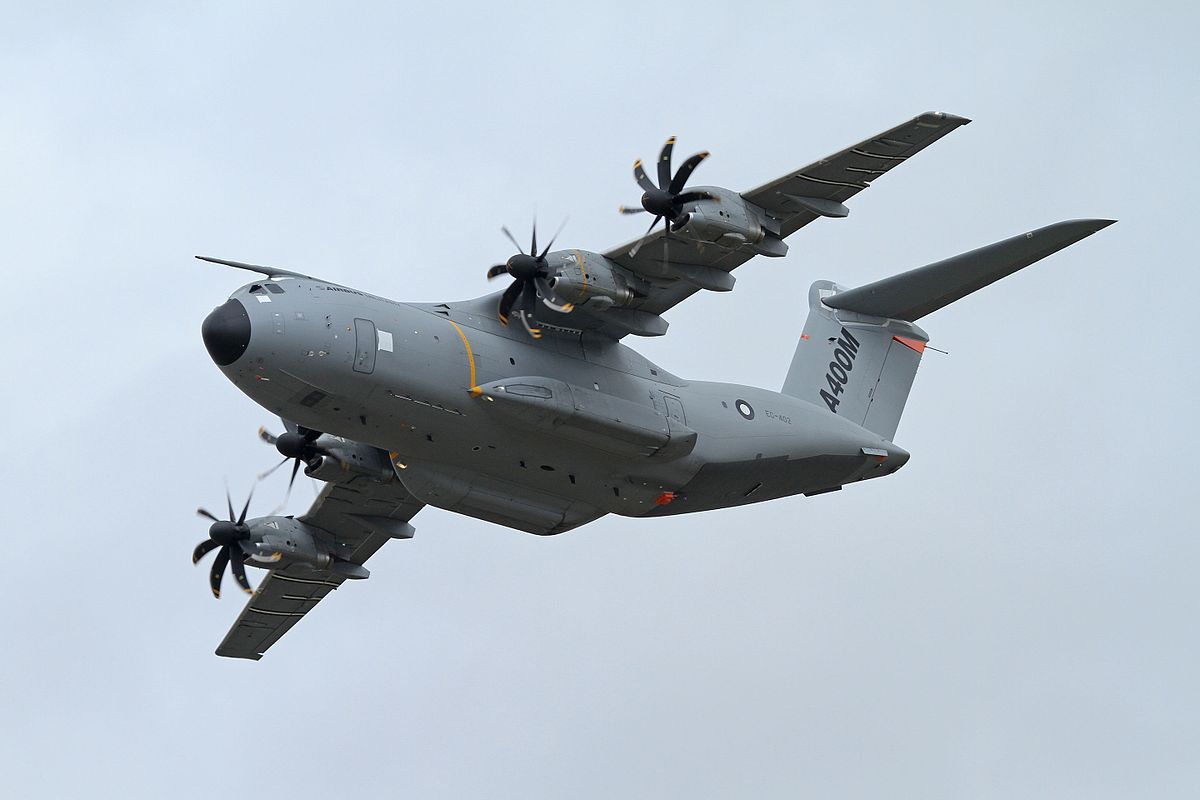
March 28, 2025
Aitan Rothkoff, Eastside Staff
March 24, 2025
Gina Park, Eastside Global Commentary Editor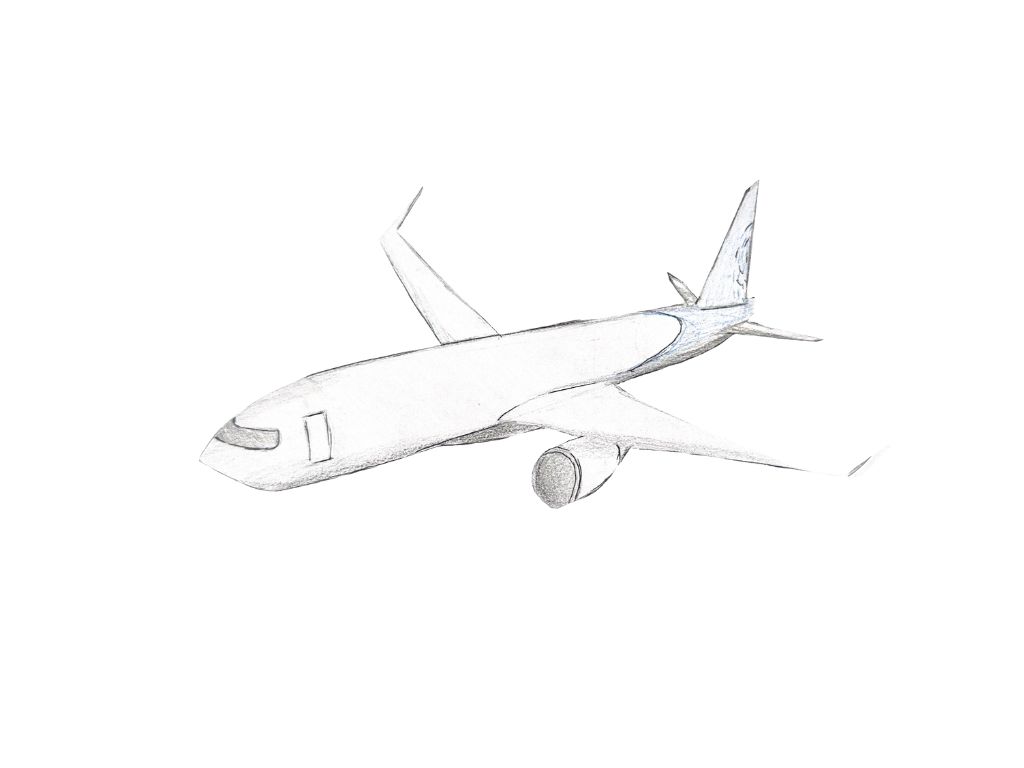
March 22, 2025
Claire Ding and Chloe Ren
March 22, 2025
Lauren Rinehart, Eastside Staff
March 21, 2025
Grace Li, Eastside Staff
March 28, 2025
Aitan Rothkoff, Eastside Staff
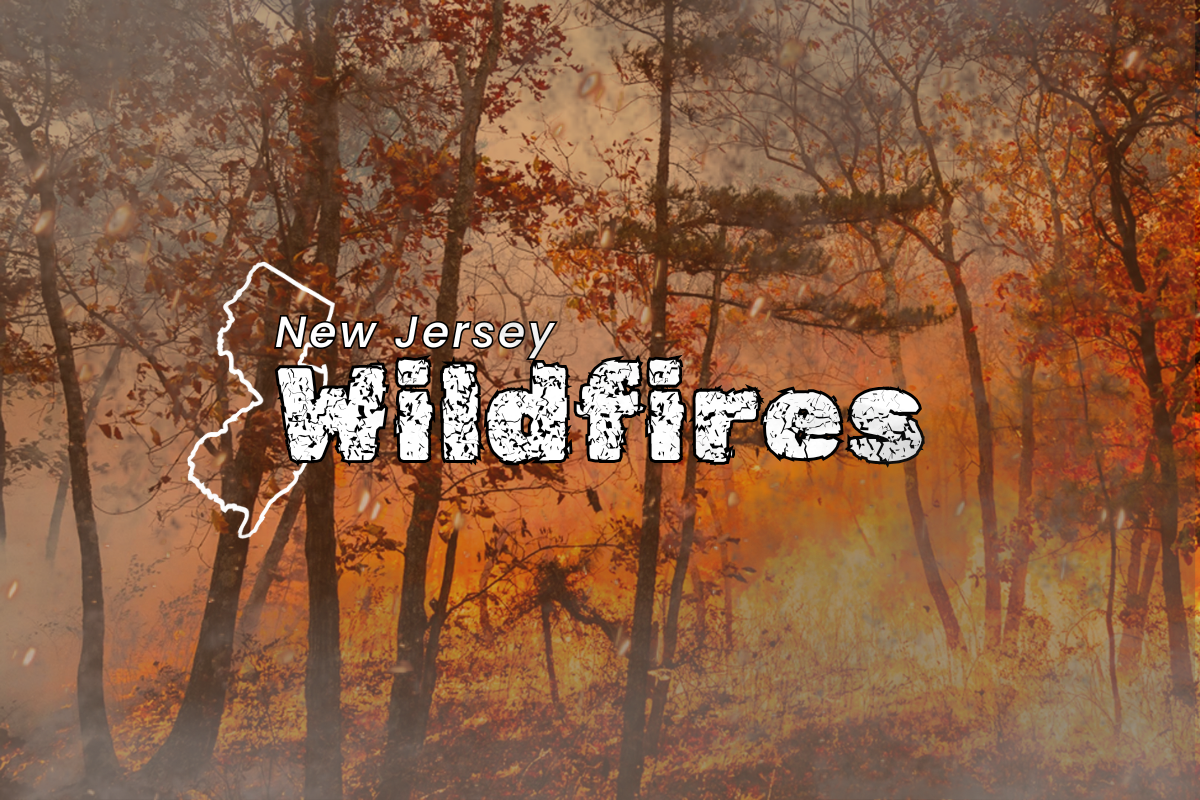
Stella Kim, Eastside News Editor
March 21, 2025
Every morning, Hannah Neeleman steps out onto her Utah farm to hand-milk cows and collect fresh eggs, preparing a homemade breakfast for her husband and eight children—all...
Celebrity books clubs promote reading
March 18, 2025
March 17, 2025
Five defining pop culture moments of 2024
March 4, 2025

Starting in the beginning of 2025, there has been a surge of several respiratory illnesses such as influenza (flu), respiratory syncytial virus...

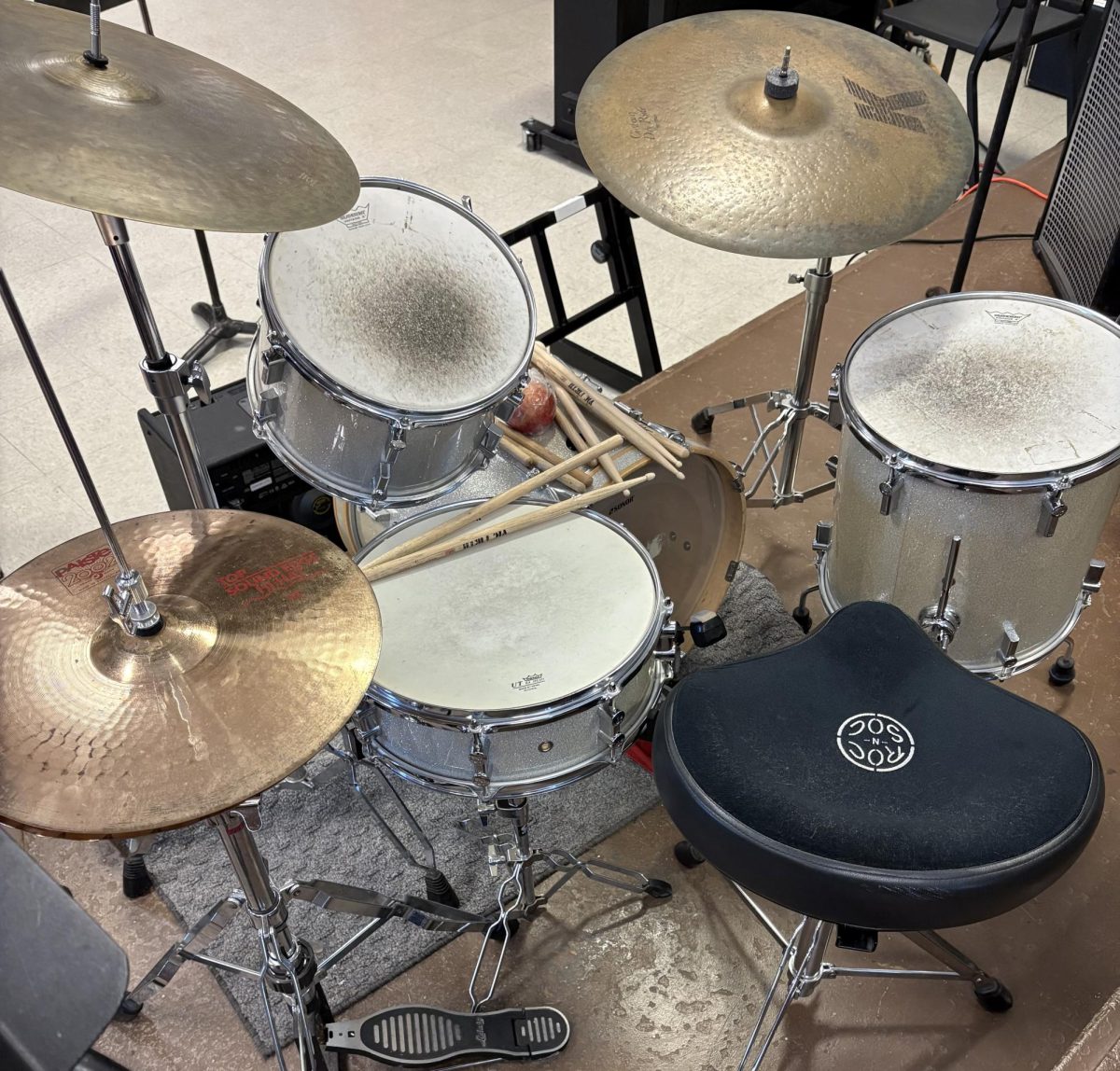

On March 16, the Trump administration carried out the deportation of hundreds of Venezuelans who were allegedly connected to the Venezuelan gang,...
 Global Commentary
Global CommentaryAitan Rothkoff, Eastside Staff | March 28, 2025
 News/Features
News/FeaturesGina Park, Eastside Global Commentary Editor | March 24, 2025
 News/Features
News/FeaturesClaire Ding and Chloe Ren | March 22, 2025
 Global Commentary
Global CommentaryLauren Rinehart, Eastside Staff | March 22, 2025

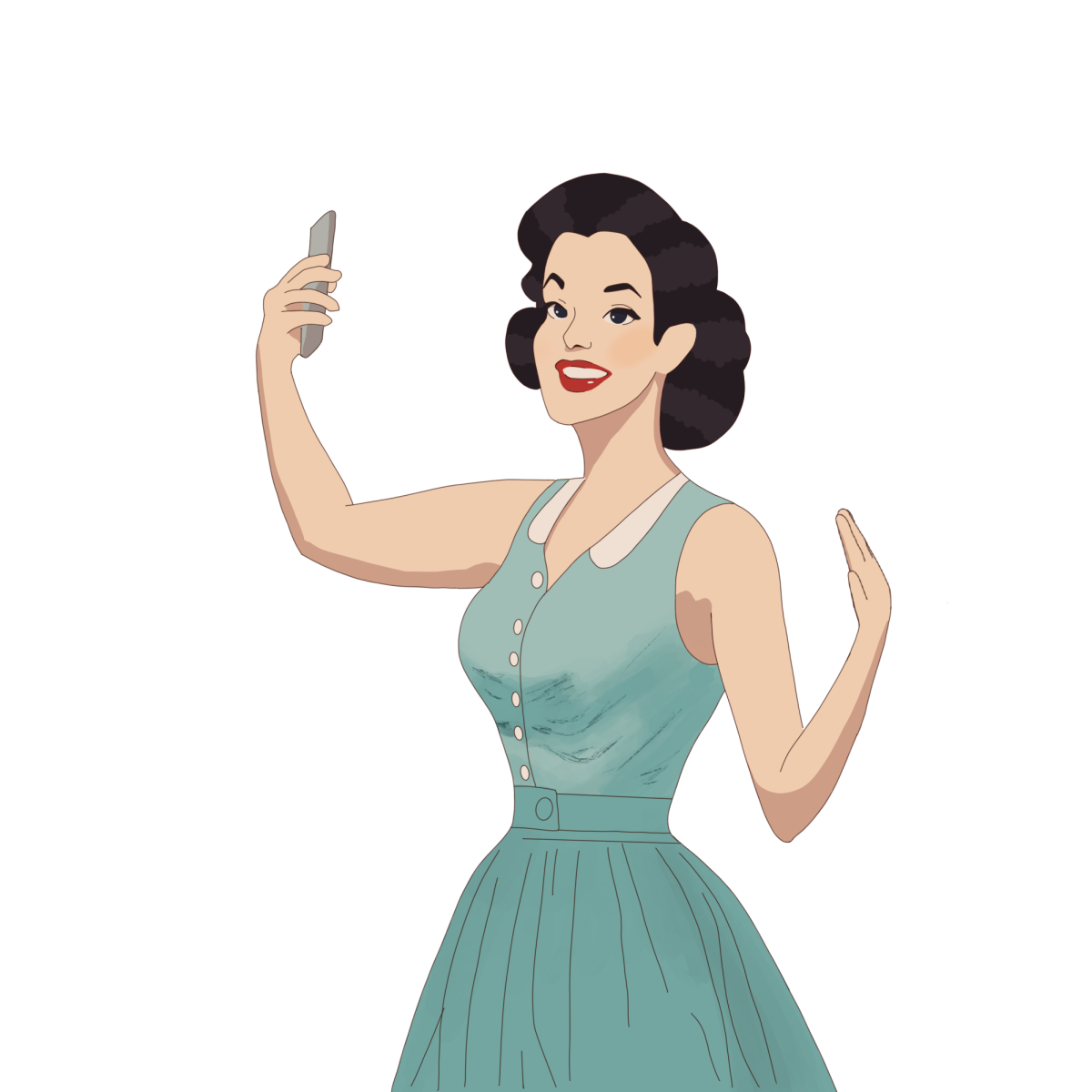 Culture
CultureStella Kim, Eastside News Editor | March 21, 2025
 Culture
CultureAbby Auerbach, Eastside Culture Editor | March 18, 2025
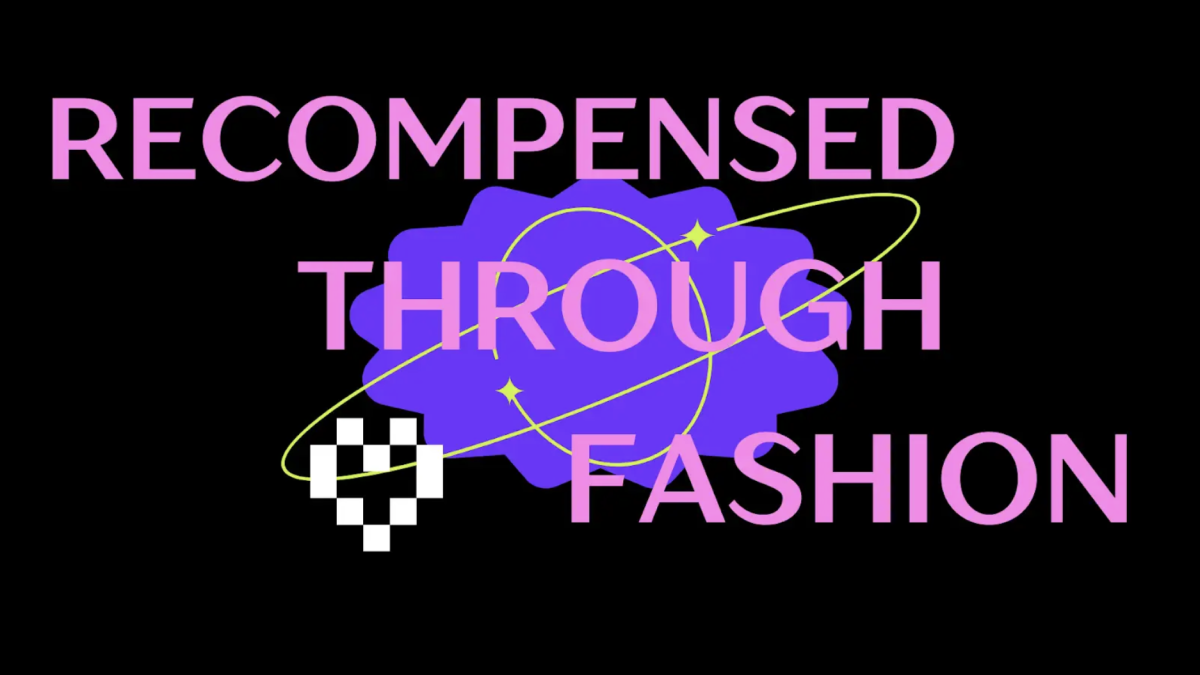
-
East Cougars play against Eastern.
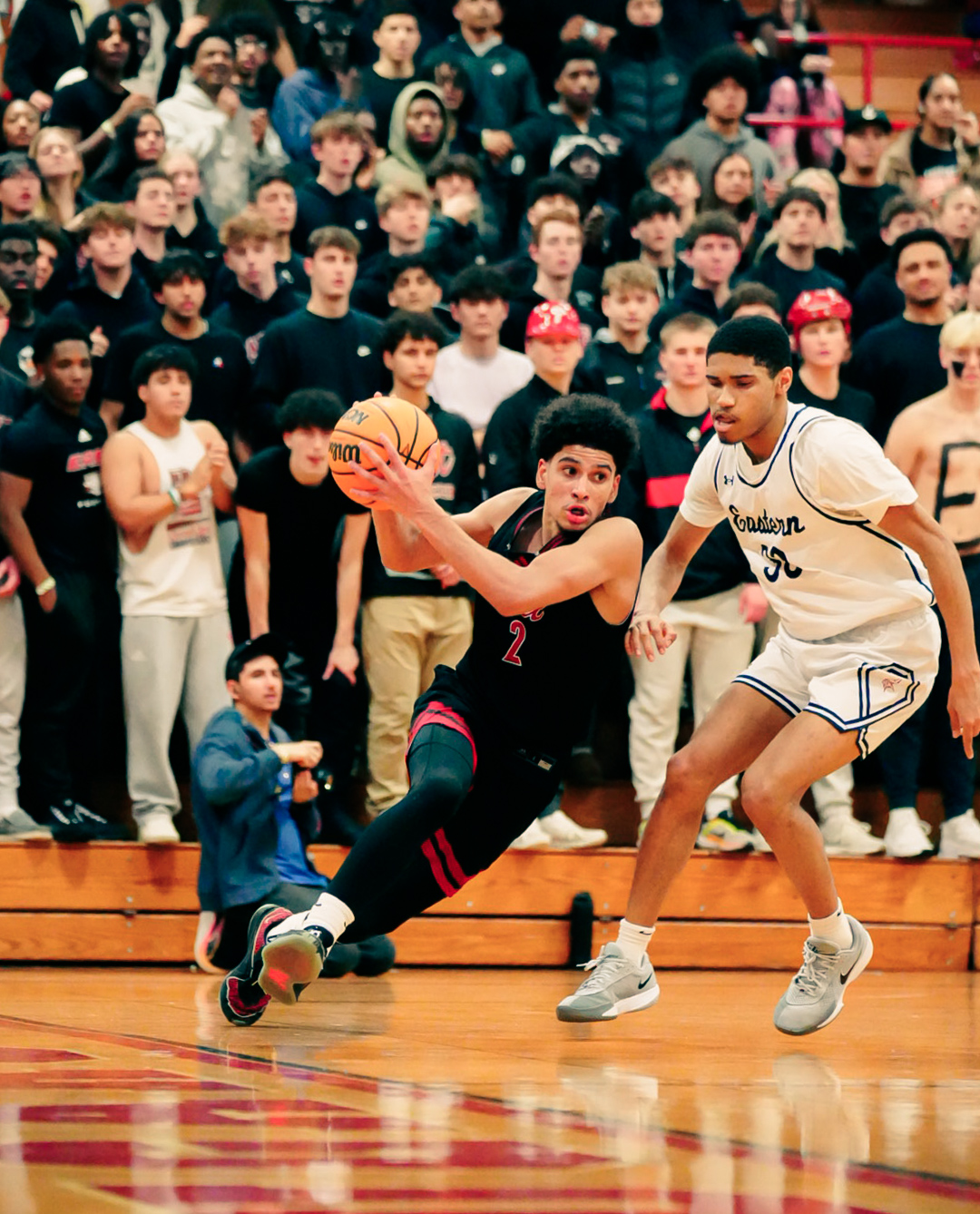
-
East Cougars attempt to make a basket against Eastern.
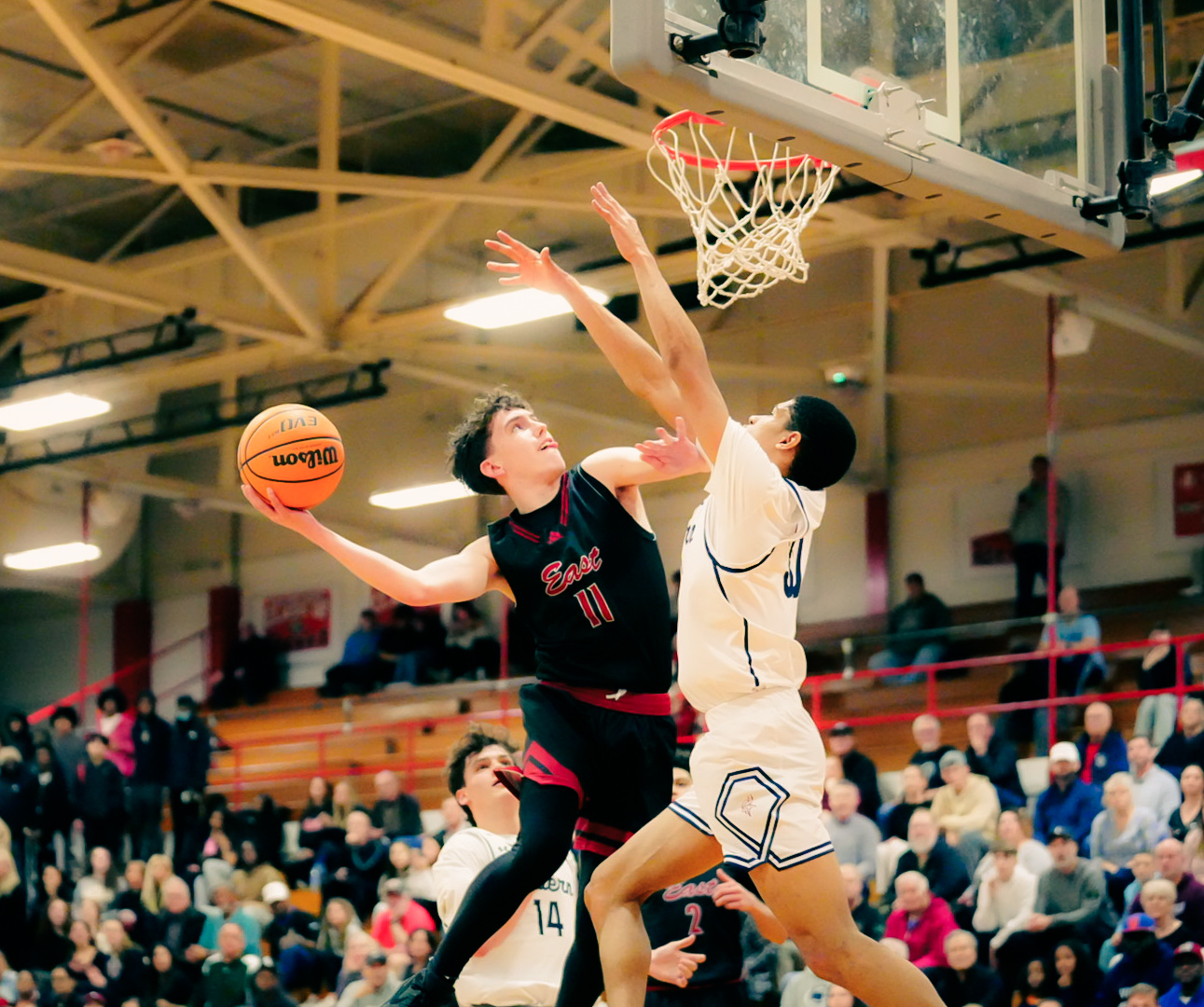
-
East Cougars play against Lenape.
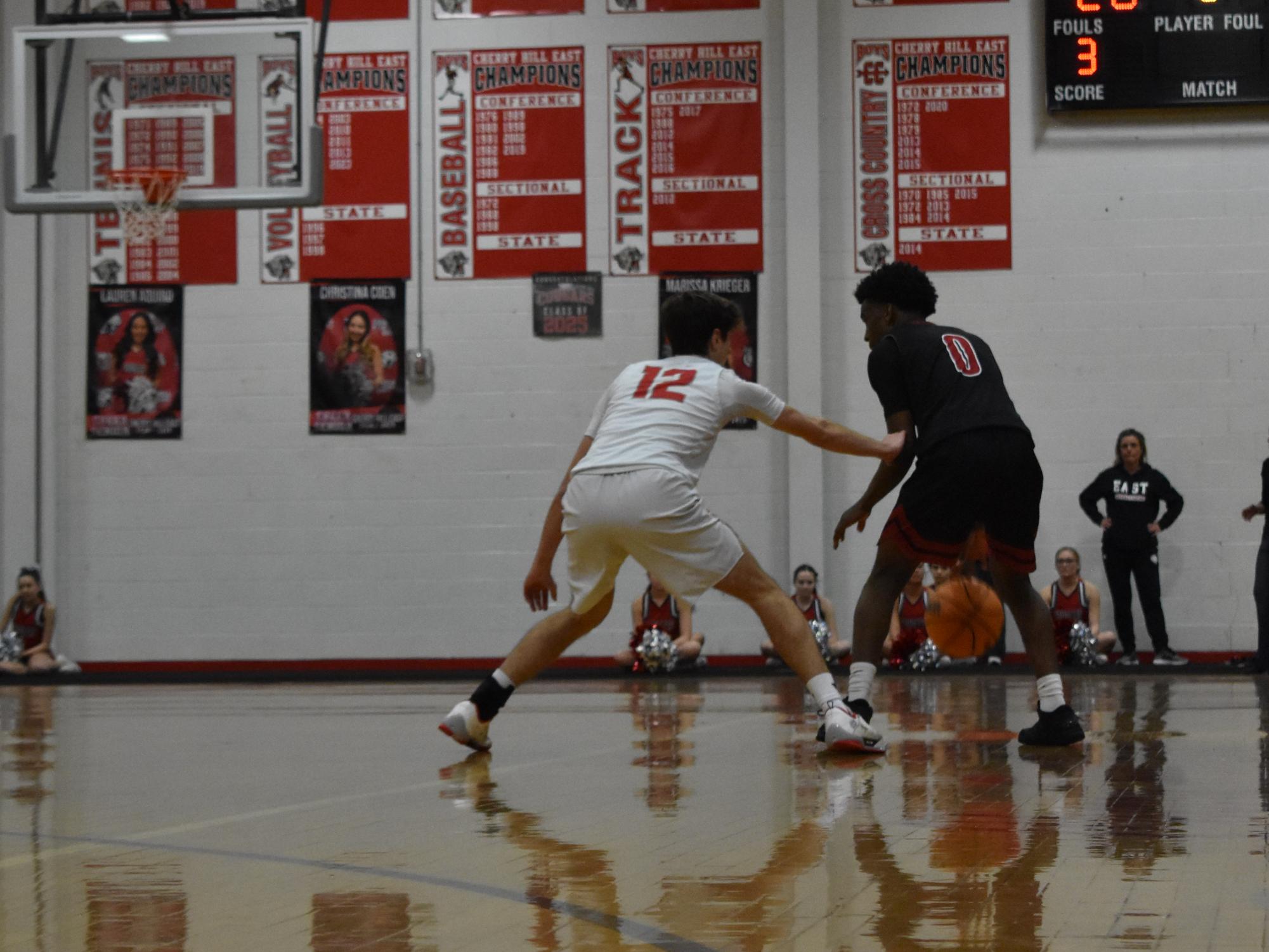
-
East Cougars play against Eastern.

-
East Cougars attempt to make a basket against Eastern.

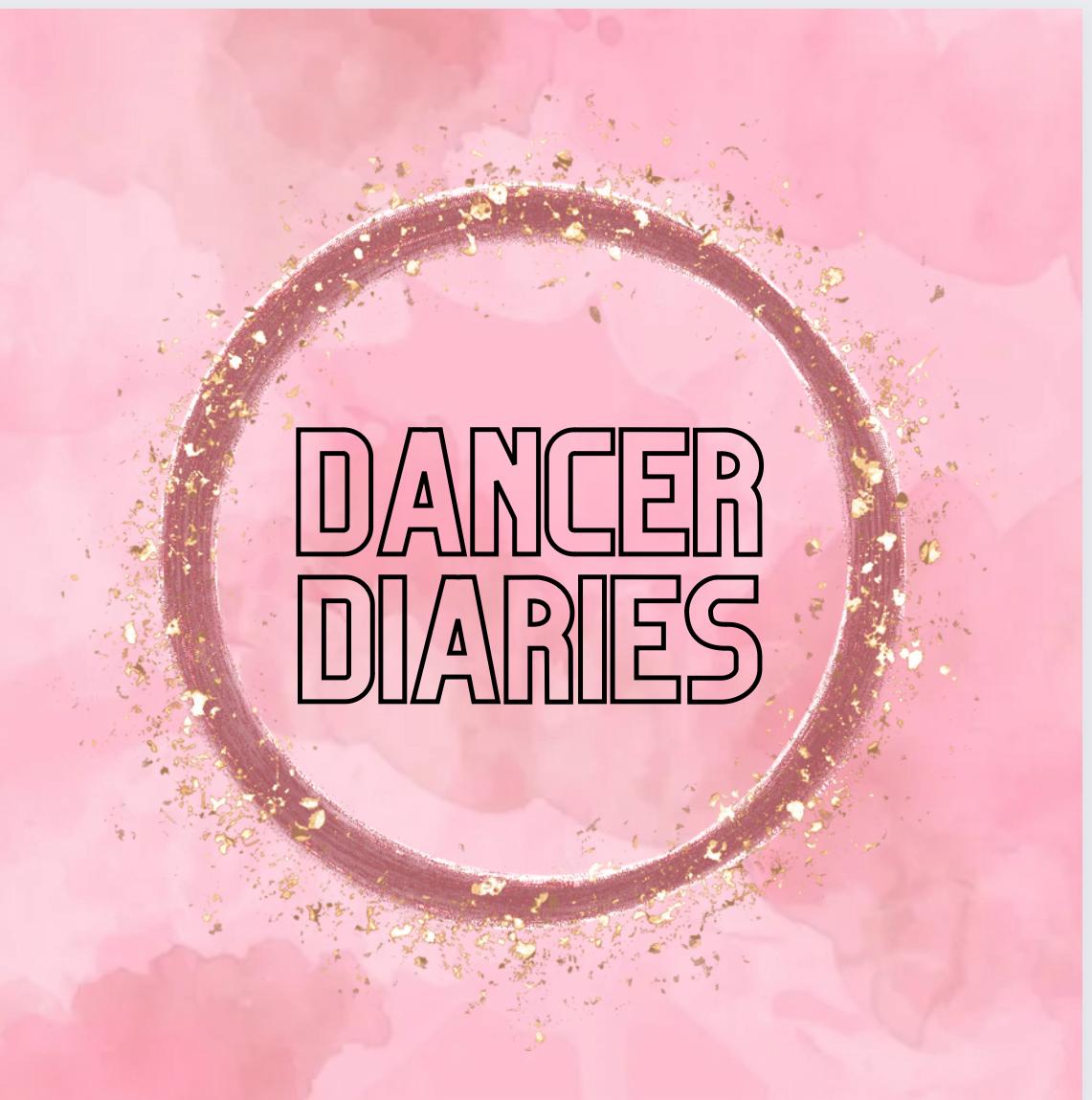
Emilie Gerrity was born in Danbury, Connecticut, and began her dance training at the age of five at Betty Jean's Dance Studio in Wappingers Falls,...

In this podcast episode, Julia Sitnick ('25), Ava Crawley ('25), and Taylor Goodman ('25), try Crumbl Cookies' flavors for the week of January...
View this profile on InstagramEastside Online (@eastsideonline) • Instagram photos and videos

As East students look ahead to sunny days and fun trips, many have also started preparing for summer programs—a long process that often entails essays, letters of recommendations,...

Though the true function of dreams remains unknown, most interpretations – whether they act as crystal balls into the future or time machines to our past – reflect subconscious...

From long deployments, rigorous training and the perpetual prospect of relocation, military service demands flexibility and incredible fortitude. People rightfully honor veterans...
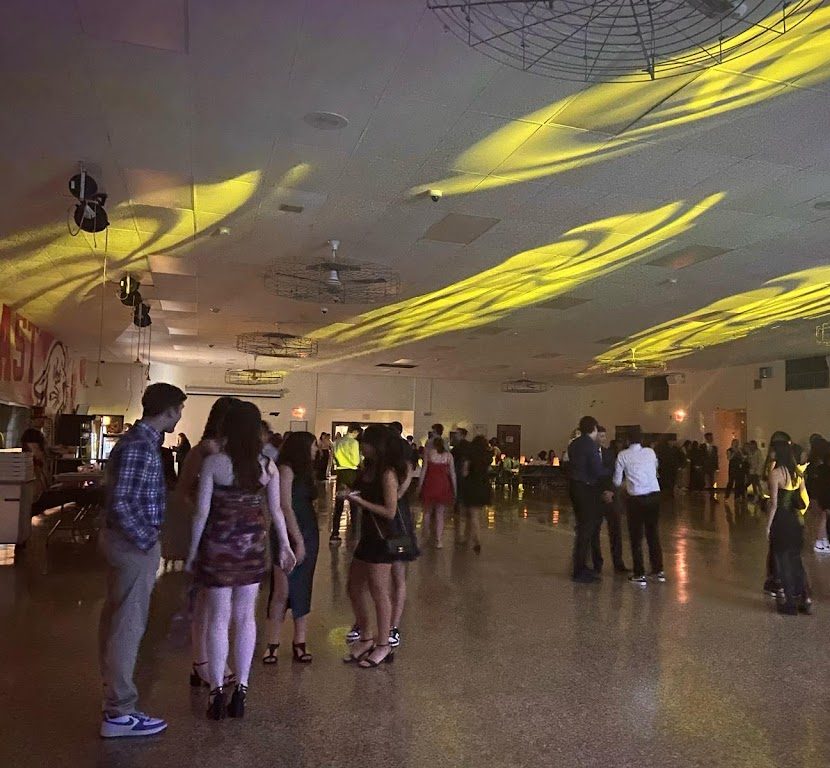
Sophomore Cotillion, also called “Soph Cot,” took place on Thursday, February 20, from 7:00 to 10:00 PM. The class of 2027 were able to choose from a couple of themes for their...
-
Cherry Hill East High School47Lenape48Mar 8 / Boys Basketball
-
Cherry Hill East High School77Southern52Mar 3 / Boys Basketball
-
Cherry Hill East High School70Millville47Feb 27 / Boys Basketball
-
Cherry Hill East High School44Pennsauken49Feb 27 / Girls Basketball
-
Cherry Hill East High School85.5Montclair84.5Feb 23 / Girls Swimming
-
Cherry Hill East High School50Allentown22Feb 20 / Girls Basketball
-
Cherry Hill East High School80Hillsborough90Feb 19 / Boys Swimming
-
Cherry Hill East High School34Cherokee50Feb 18 / Girls Basketball
-
Cherry Hill East High School94.5East Brunswick75.5Feb 18 / Girls Swimming
-
Cherry Hill East High School69Haddon Heights66Feb 17 / Boys Basketball
